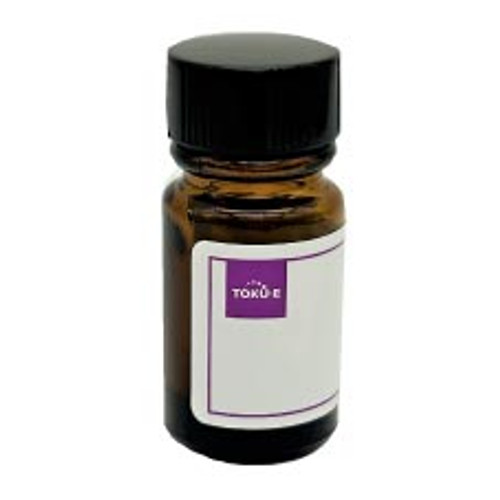Azlocillin Sodium is a broad-spectrum β-lactam antibiotic and semi-synthetic penicillin derived from ampicillin. It is similar to peperacillin and mezlocillin. The compound has broad-spectrum activity and can be used against a number of Gram-positive and Gram-negative bacteria. It has been used to develop novel antibiotic quantitation techniques. Studies have shown that Azlocillin can inhibit Borrelia. burgdorferi, the causal agent of lyme disease.
Azlocillin Sodium is freely soluble in aqueous solution.
| Mechanism of Action | β-lactams interfere with PBP (penicillin binding protein) activity involved in the final phase of peptidoglycan synthesis. PBP’s are enzymes which catalyze a pentaglycine crosslink between alanine and lysine residues providing additional strength to the cell wall. Without a pentaglycine crosslink, the integrity of the cell wall is severely compromised and ultimately leads to cell lysis and death. Resistance to β-lactams is commonly due to cells containing plasmid-encoded ESBLs (Extended Spectrum β-lactamases). |
| Spectrum | Azlocillin Sodium is active against Gram-negative bacteria including Pseudomonas aeruginosa, Haemophilus influenzae, and Escherichia coli and Gram-positive bacteria. It also exhibits antipseudomonal activity and has activity against the malarial parasite Plasmodium falciparum. |
| Microbiology Applications | Azlocillin Sodium is commonly used in clinical in vitro microbiological antimicrobial susceptibility tests (panels, discs, and MIC strips) against Gram-negative microbial isolates. Medical microbiologists use AST results to recommend antibiotic treatment options. Representative MIC values include:
In vitro efficacy of Azlocillin (and Cefotaxime) on drug-tolerant persisters was investigated. After screening 7450 chemical compounds, authors found Azlocillin can kill B. burgdorferi (late log phase and 7-10 day old stationary phase). Azlocillin, cefotaxime and Azlocillin in combination with Cefotaxime can also kill in vitro doxycycline-tolerant B. burgdorferi. In vivo, Azlocillin has demonstrated good efficacy against B. burgdorferi in mice models. These findings suggests that Azlocillin can be effective for B. burgdorferi sensu stricto JLB31 and further research is needed to evaluate its potential use for Lyme disease therapy (Pothineni et al, 2020). |
| Molecular Formula | C20H22N5NaO6S |
| References |
Opalchenova G and Kalinkova GN (1997) Evaluation of a new polymorph Azlocillin Sodium by its antibacterial activity. Int. J. Pharmaceut. 153(2):263-265 Pitout JD, Sanders CC, Sanders WE (1997) Antimicrobial resistance with focus on beta-lactam resistance in Gram-negative bacilli. Am J Med 103(51) Pothineni et al (2020) Azlocillin can be the potential drug candidate against drug-tolerant Borrelia burgdorferi sensu stricto JLB31. Sci Rep. 10(1):3798 PMID 32123189 |
| MIC | Bacteroides fragilis| 1 - 16|| Borrelia afzelii| ≤0.125|| Borrelia bissettii (25015)| ≤0.125|| Borrelia burgdorferi| ≤0.125|| Borrelia garinii| ≤0.125|| Borrelia valaisiana (VS116)| ≤0.125|| Citrobacter diversus| 4 - 128|| Citrobacter freundii | 1 - 64|| Edwardsiella hoshinae | 0.25 - 0.5|| Edwardsiella ictaluri | 0.25 - 4|| Edwardsiella tarda| 0.25 - 8|| Enterobacter cloacae| 2 - 256|| Enterobacteriaceae| 0.25 - 128|| Escherichia coli| 1 - 32|| Haemophilus spp.| 0.03 - 2|| Klebsiella pneumonia| 1 - 8|| Morganella morganii| 0.5 - 32|| Neisseria spp.| 0.004 - 8|| Proteus vulgaris| 8 - 32|| Pseudomonas aeruginosa| 4 - 6.25|| Pseudomonas spp.| 0.5 - 512|| Salmonella typhimurium| 16|| Serratia marcescens| 2 - 50|| Staphylococci| 0.06 - 128|| Staphylococcus aureus| 0.25 - 16|| Stenotrophomonas maltophilia| 25|| |








